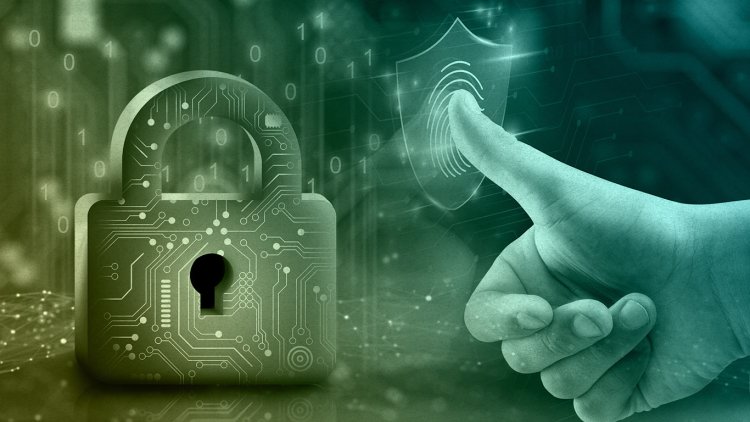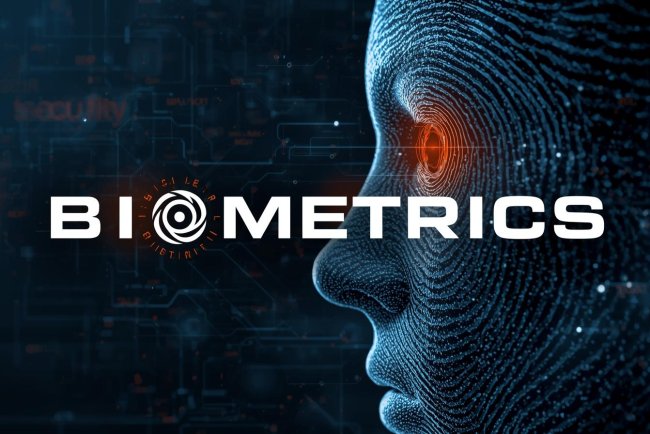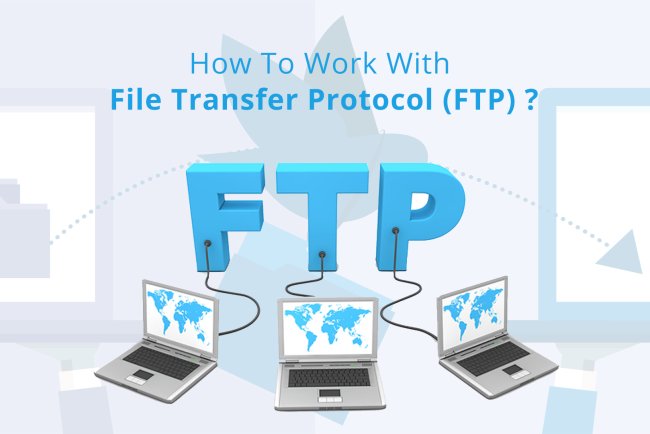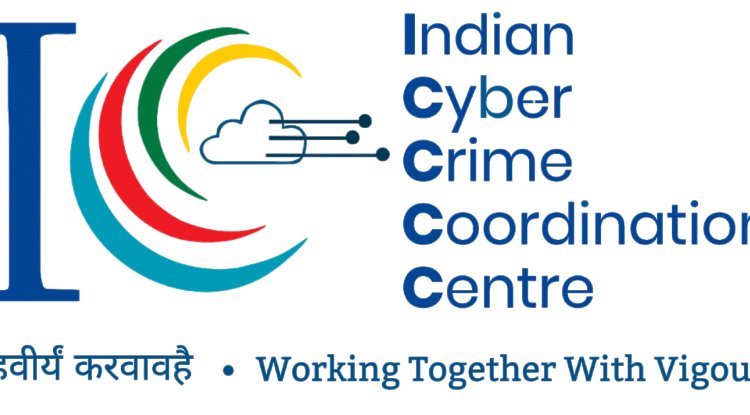Digital Forensic Acquisition — A Deep Dive
The process of gathering and safely storing digital evidence from electronic devices in a way that adheres to solid forensic principles is known as acquisition. Forensic imaging is the process of making precise, bit-by-bit reproductions of digital storage devices or capturing volatile data, such as random-access memory (RAM). A complete, unaltered copy of the data is needed for analysis, but the original evidence must be kept undamaged and intact.

A complete, unaltered copy of the data is needed for analysis, but the original evidence must be kept undamaged and intact.
Types of Acquisition
1. Static Acquisition
-
Device is powered off before imaging.
-
Captures data from non-volatile storage (hard drives, USB drives, SSDs).
-
Advantages: No running system means less risk of data changes during acquisition.
-
Disadvantages: Volatile data (RAM, running processes) lost when powered off.
2. Live Acquisition
-
Device is powered on and operational during acquisition.
-
Captures volatile data (RAM contents, running processes, network connections) alongside storage data.
-
Advantages: Access to data only available when system is running (encryption keys, active sessions).
-
Disadvantages: Risk of altering data, system instability, requires careful handling.
3. Logical Acquisition
-
Only specific files, folders, or file system metadata are copied, not an entire disk image.
-
Faster and requires less storage space.
-
Risk: May miss hidden, deleted, or unallocated data.
-
Commonly used for mobile devices or cloud storage.
4. Physical Acquisition
-
Bit-for-bit copy of entire storage media including all files, slack space, unallocated space, and deleted files.
-
Enables recovery of deleted or hidden data.
-
More time and storage intensive.

Acquisition Workflow — Step-by-Step
Step 1: Preparation
-
Verify legal authority and obtain proper search warrants or permissions.
-
Prepare clean forensic workstation with trusted, verified tools.
-
Ensure all tools are updated and tested.
Step 2: Document the Scene and Device
-
Photograph the device, serial numbers, cables, power state.
-
Note device make, model, connections, and environment.
-
Record system date/time and network details.
Step 3: Preserve the Original Evidence
-
Use write blockers when connecting storage devices to prevent any writes.
-
If live acquisition is needed, minimize interaction and document every action.
Step 4: Acquire the Data
-
For static acquisition: create a bitstream image of storage media using tools like FTK Imager, EnCase, dd, or Guymager.
-
For live acquisition: capture memory dump and other volatile data first, then capture storage data.
-
For logical acquisition: extract specific files or directories using device-specific tools.
Step 5: Verify Integrity
-
Generate cryptographic hash values (MD5, SHA-1, SHA-256) of the original media and acquired images to verify exactness.
-
Save hashes securely to detect any later modifications.
Step 6: Secure Storage and Transport
-
Store acquired images and original evidence in secure, access-controlled environments.
-
Maintain detailed chain of custody documentation.
Key Concepts in Acquisition
1. Forensic Image
A bit-for-bit copy of a storage medium capturing every byte, including deleted files and slack space.
2. Hashing
Applying a cryptographic hash function to generate a unique digital fingerprint of data for integrity verification.
3. Write Blockers
Devices or software preventing modification to original evidence during acquisition.
4. Chain of Custody
A documented history tracking the evidence from collection to presentation in court, proving it has not been tampered with.
Tools Commonly Used in Acquisition
| Tool | Use Case |
|---|---|
| FTK Imager | Create forensic images, capture memory |
| EnCase | Forensic imaging and analysis |
| dd (Linux) | Command-line imaging tool |
| Guymager | Open-source forensic imager |
| Cellebrite UFED | Mobile device logical and physical acquisition |
| Magnet ACQUIRE | Multi-device acquisition including cloud |
Challenges in Acquisition
-
Data Volume: Large storage requires extensive time and space.
-
Encrypted Data: Need to capture keys or perform live acquisition.
-
Anti-Forensics: Malware or users may try to hide, encrypt, or delete evidence.
-
Device Type Diversity: Different OSes, file systems, and devices require specialized tools and methods.
-
Legal Considerations: Ensuring all evidence is collected lawfully to maintain admissibility.
Follow cyberdeepakyadav.com on
Facebook, Twitter, LinkedIn, Instagram, and YouTube
What's Your Reaction?























